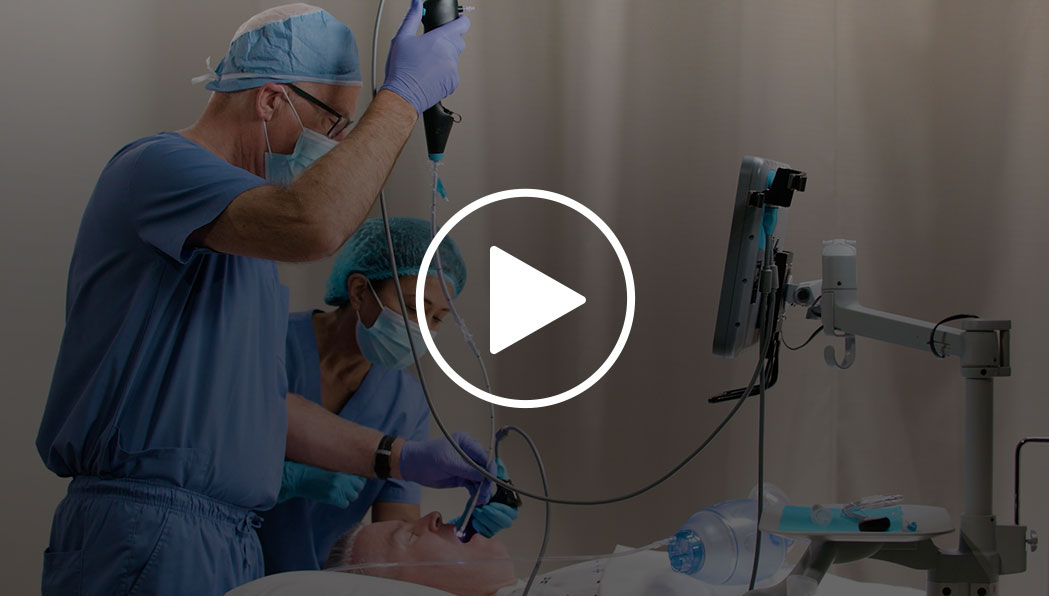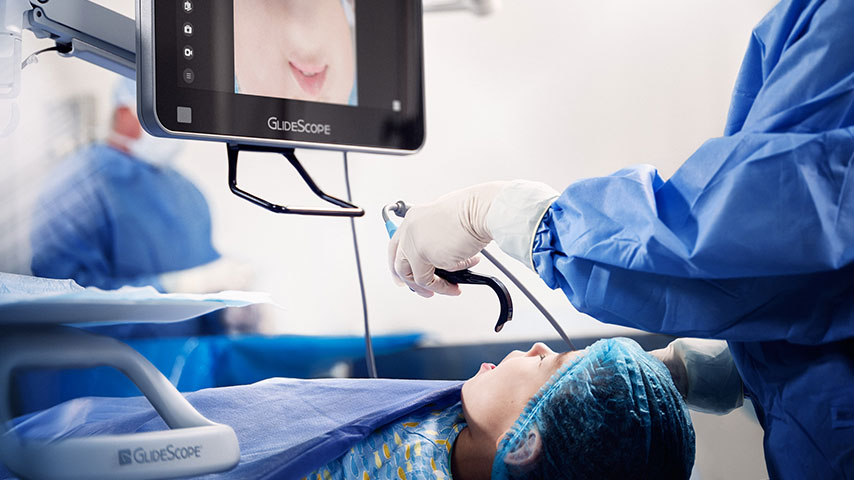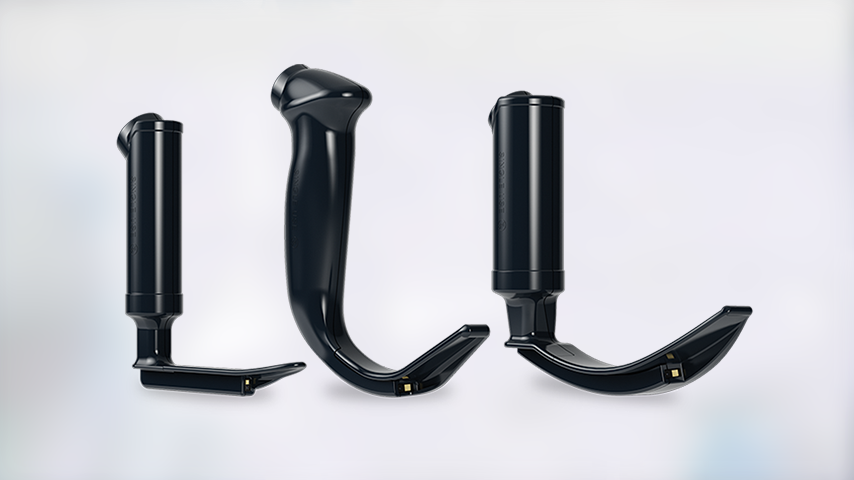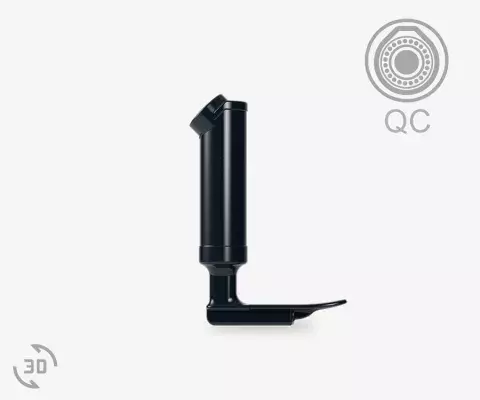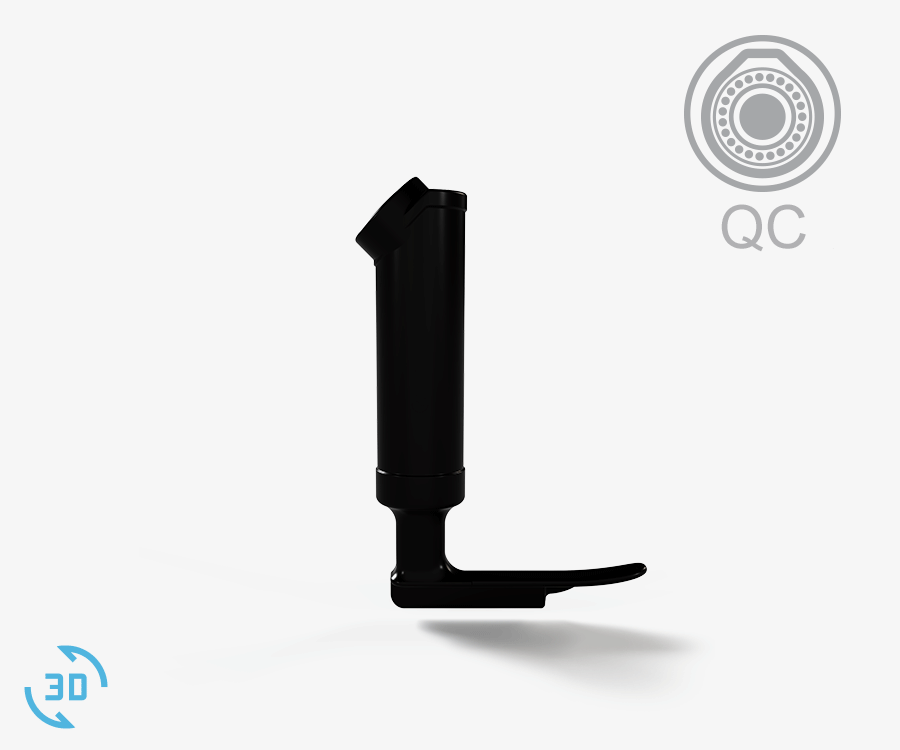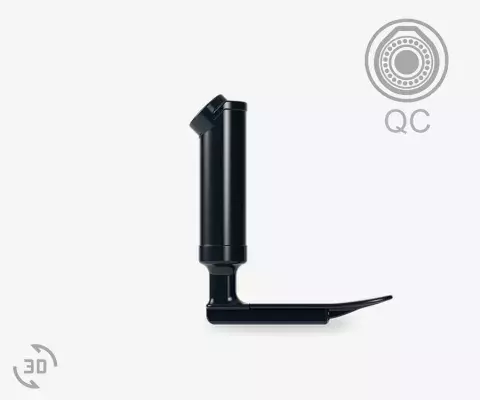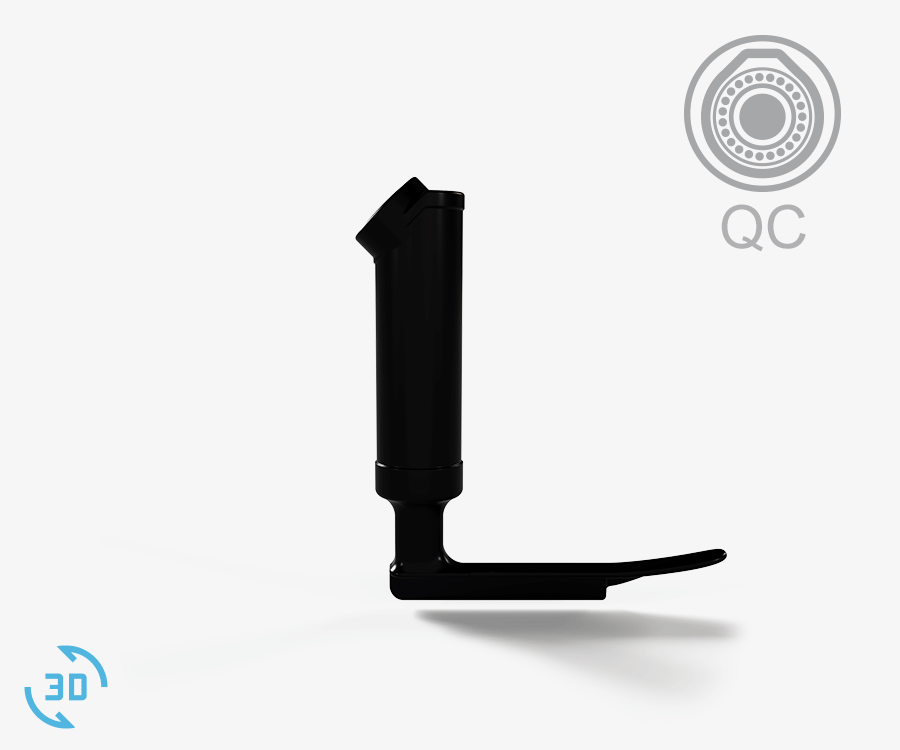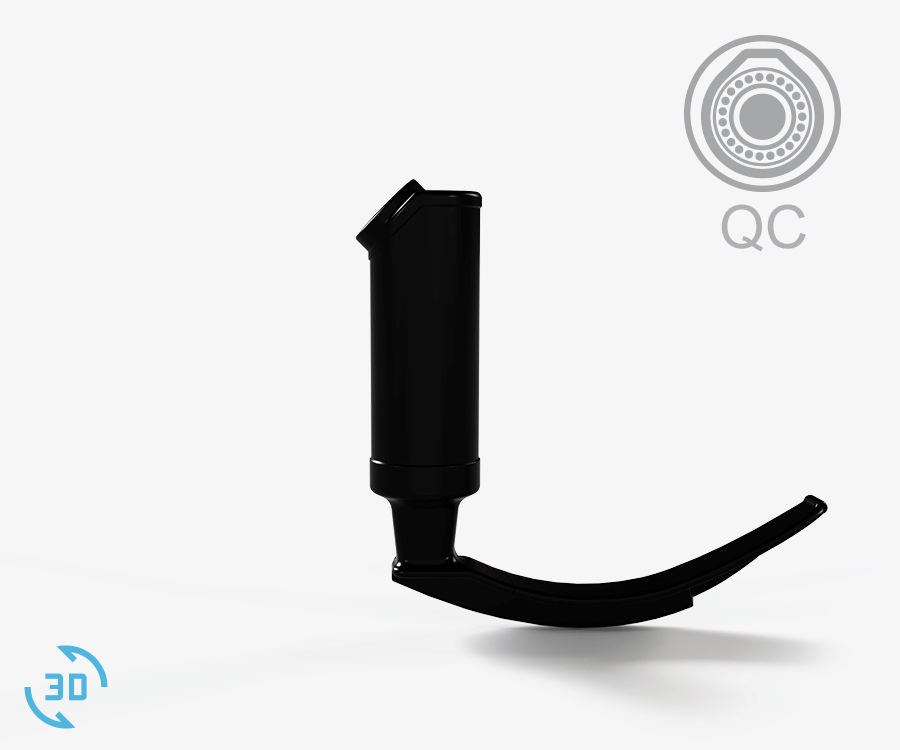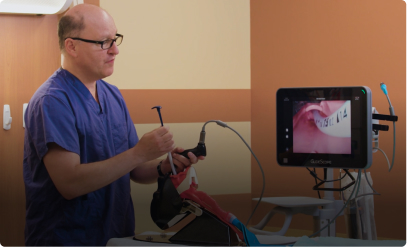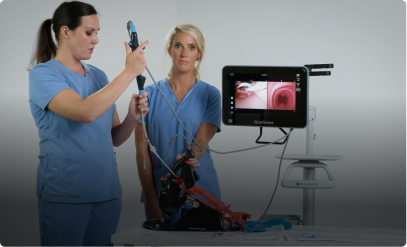Spectrum Single-use Video Laryngoscopes
GlideScope® Spectrum™ single-use video laryngoscopes combine low profile blades with the latest advancements in lighting and camera technology. Choose from a broad portfolio of hyperangulated and direct style blades.

Single-use without a Single Compromise
GlideScope Spectrum single-use video laryngoscopes, designed for first pass success, incorporate innovative advances in design to enable quick intubation across a wide range of patient types and clinical settings.
Product Highlights
* Measurement of forces applied during Macintosh direct laryngoscopy compared with GlideScope video laryngoscopy. Russell T, Khan S, Elman J, Katznelson R, Cooper RM. Anaesthesia. 2012 Jun; 67(6):626-31.
doi: 10.1111/j.1365-2044.2012.07087.x. Epub 2012 Feb 21
** Cooper, R.M., Pacey, J.A., Bishop, M.J. et al. Early clinical experience with a new videolaryngoscope (GlideScope®) in 728 patients. Can J Anaesth 52, 191 (2005).
*** Height at camera comparison of the LoPro S3 to GVL 3 Stat
See GlideScope Spectrum QC in Action
A New Generation of Spectrum Video Laryngoscopes
Spectrum QC video laryngoscopes feature innovative magnetic QuickConnect™ technology, enabling improved procedural efficiency and faster connections. With the integration of a new camera, Spectrum QC offers enhanced image quality and an expanded field of view. Compare Spectrum QC with legacy Spectrum below:
Hyperangulated Video Laryngoscopes
GlideScope hyperangulated blades have been shown to enable improved laryngeal views1 and less lift force on patients2. Low profile blades improve maneuverability and working space in the patient’s mouth.
QuickConnect
Spectrum QC video laryngoscopes utilize a magnetic QuickConnect connector.
This new generation of video laryngoscopes are compatible with
GlideScope® Core™ video monitors using a Core QuickConnect cable.
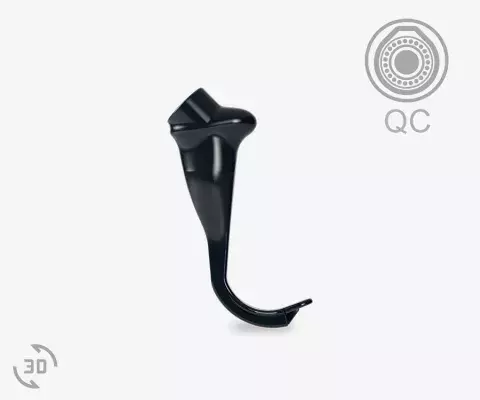

Hyperangle S1
0270-1089, Box/10
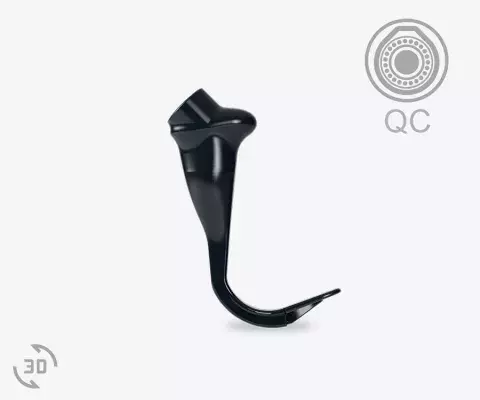
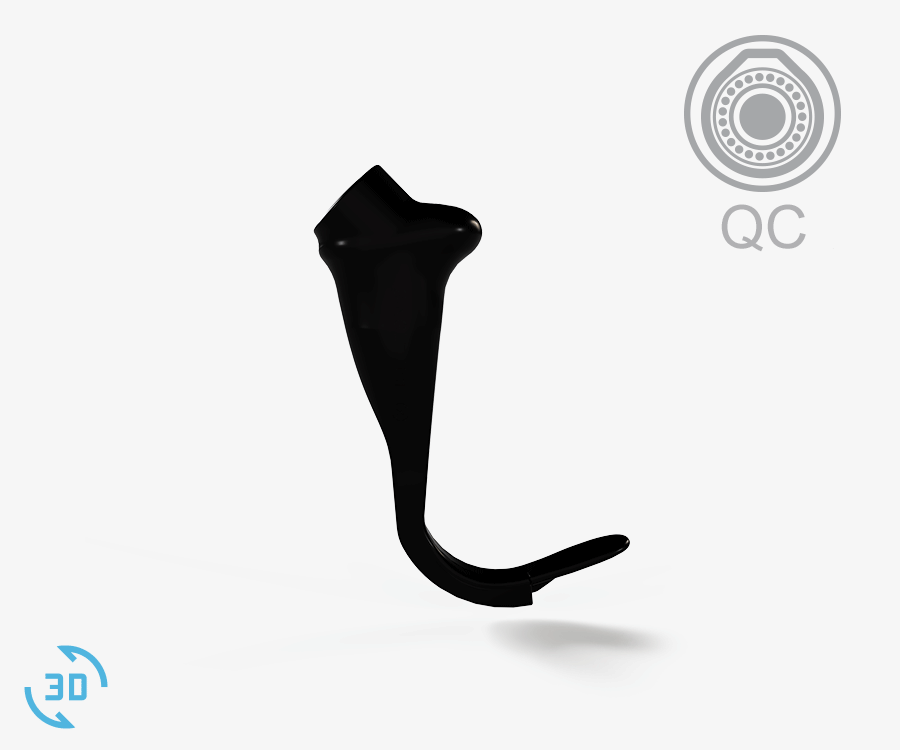
Hyperangle S2
0270-1090, Box/10
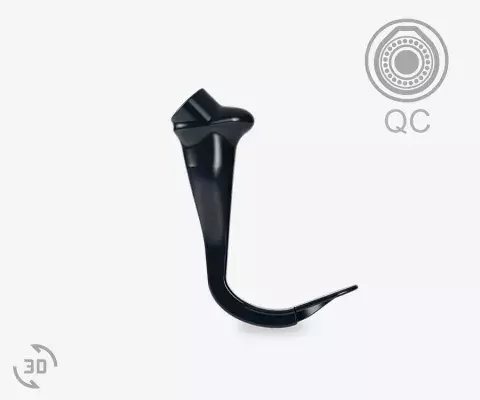
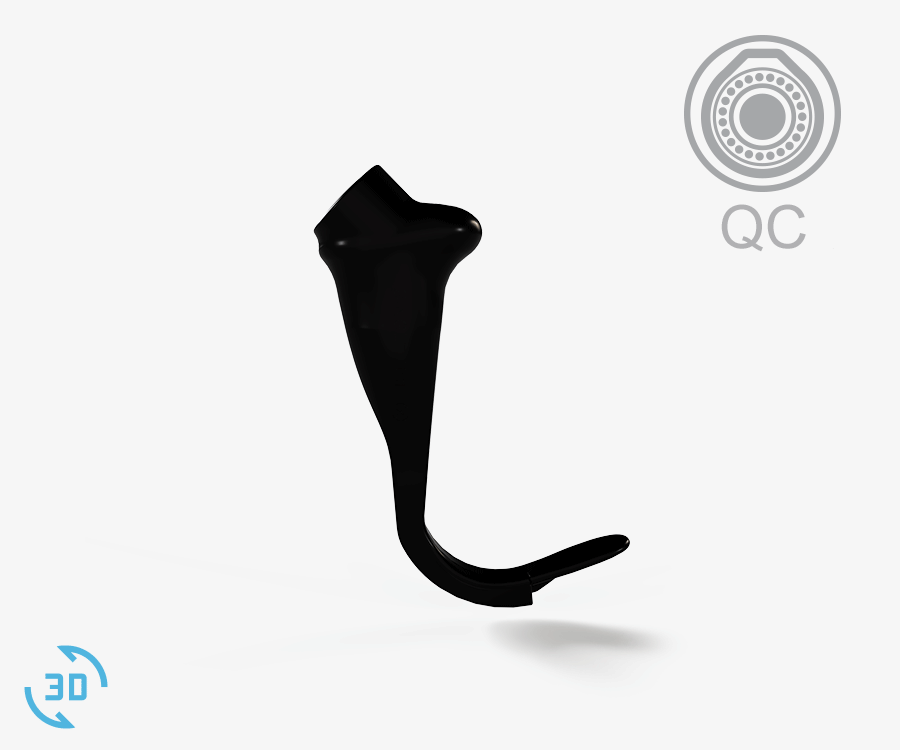
Hyperangle S2.5
0270-1091, Box/10

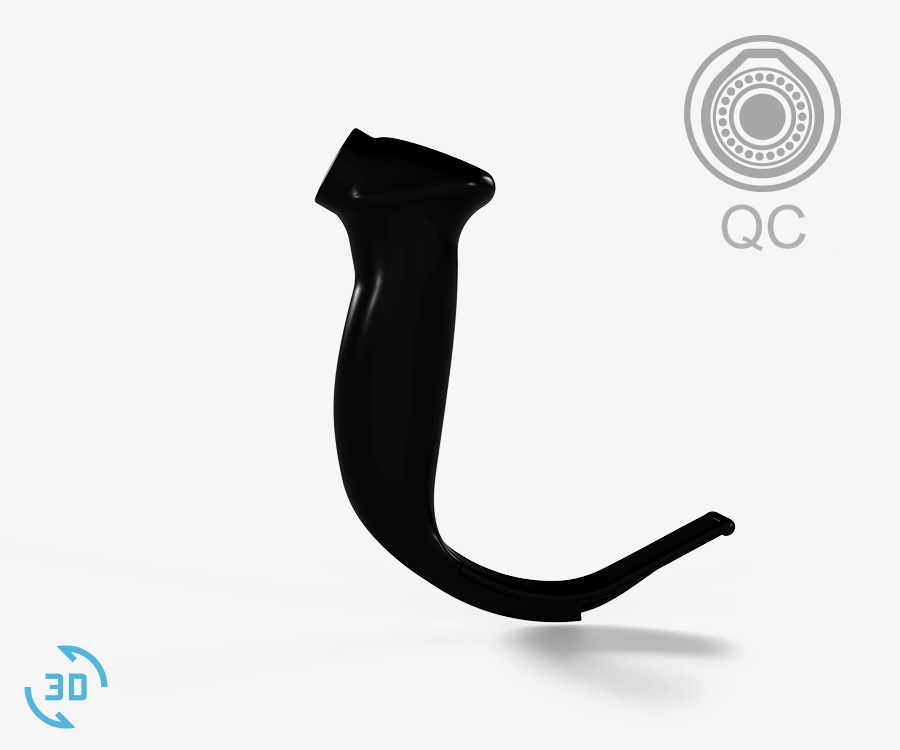
Hyperangle S3
0270-1083, Box/10
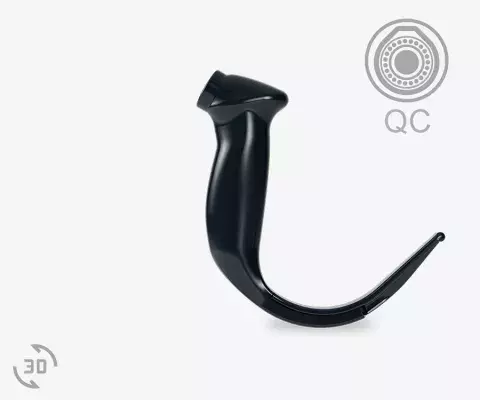

Hyperangle S4
0270-1084, Box/10
HDMI
Spectrum video laryngoscopes utilize an HDMI-like connector and are
compatible with Core video monitors (using a Core Smart Cable)
or GlideScope® Go™ handheld monitor.
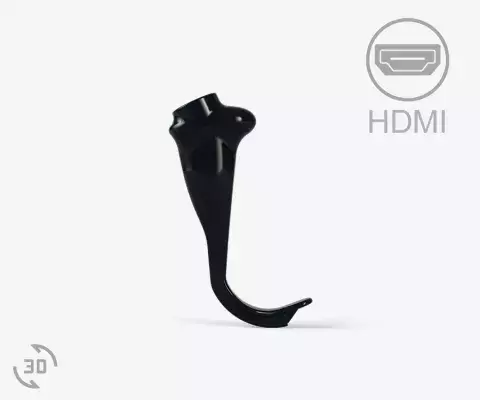
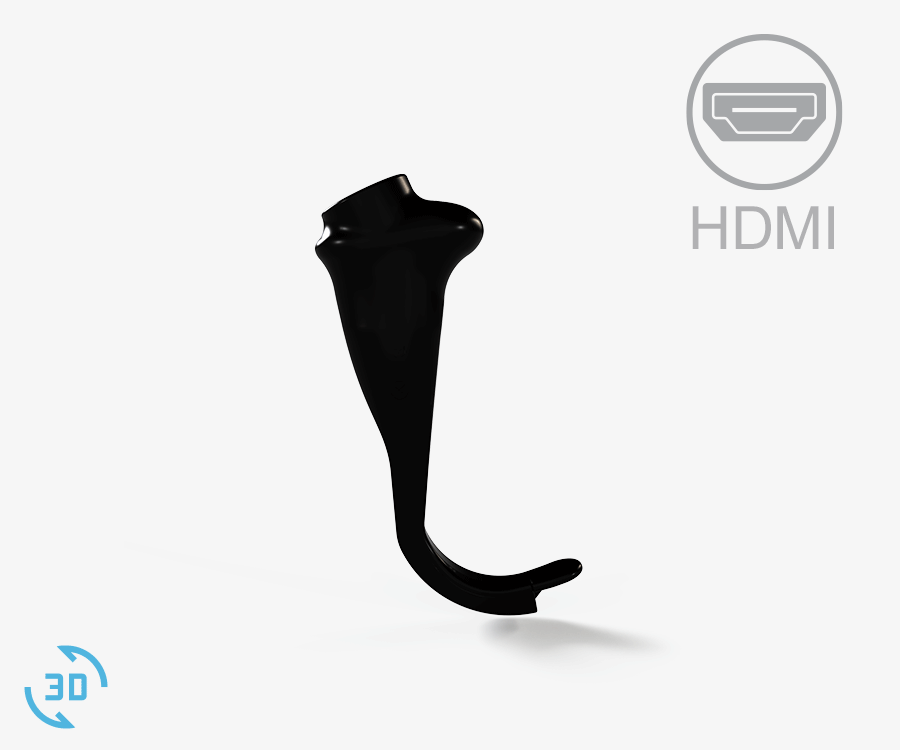
LoPro S1
(Hyperangle)
0270-0876, Box/10
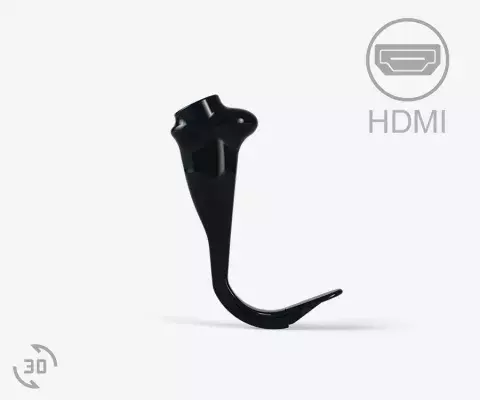
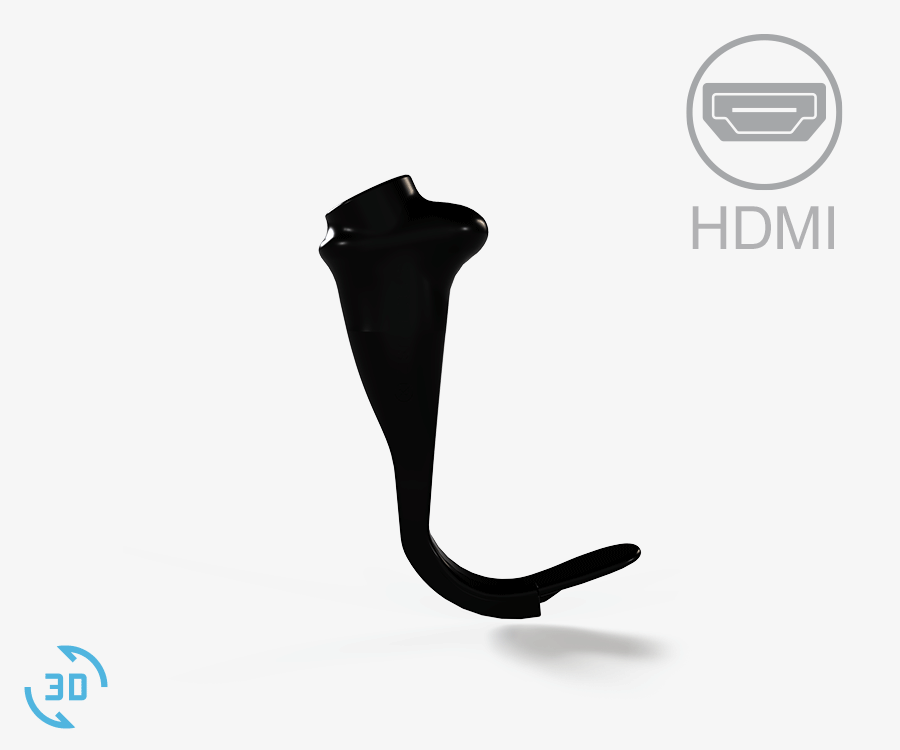
LoPro S2
(Hyperangle)
0270-0877, Box/10

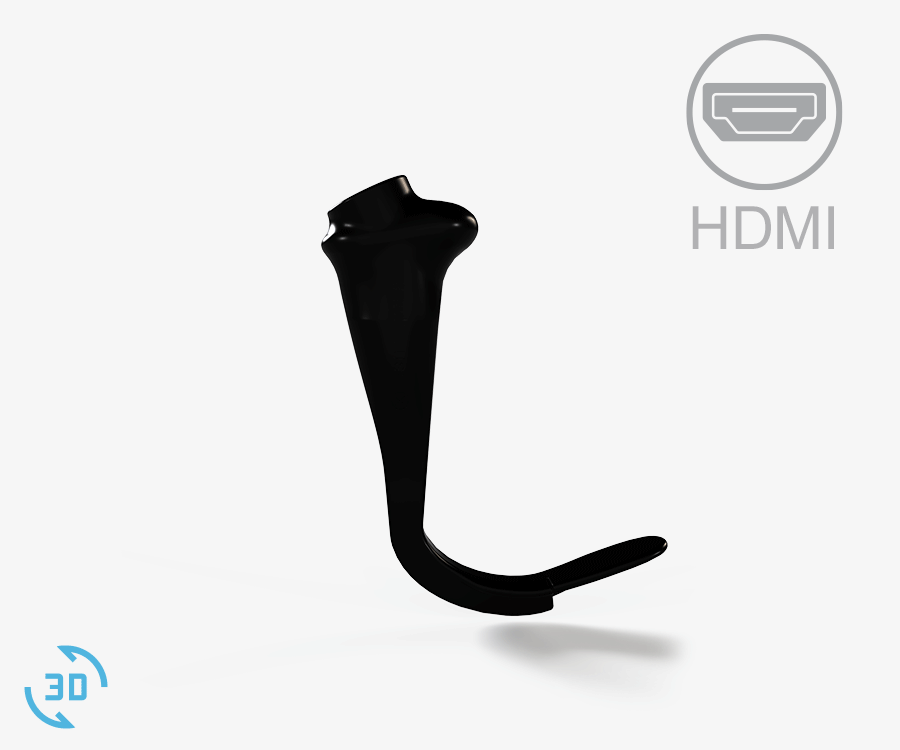
LoPro S2.5
(Hyperangle)
0270-0962, Box/10
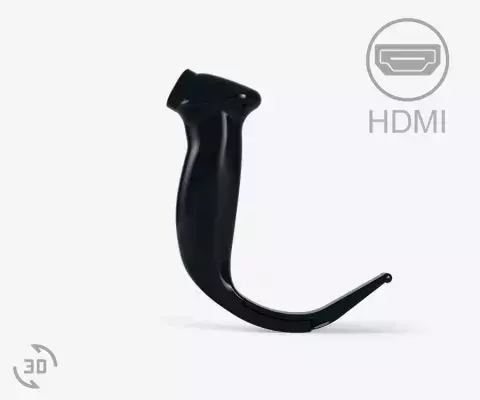

LoPro S3
(Hyperangle)
0270-0938, Box/10
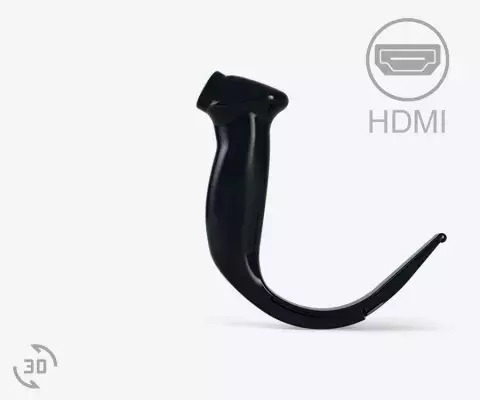
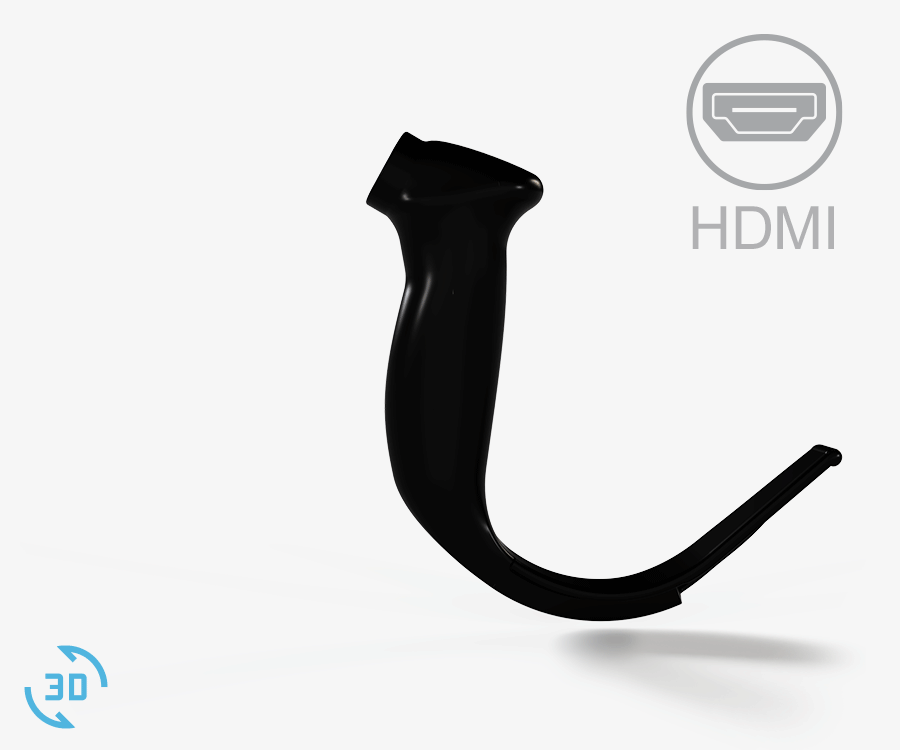
LoPro S4
(Hyperangle)
0270-0939, Box/10
Mac and Miller Video Laryngoscopes
GlideScope Mac and Miller video laryngoscopes combine the familiarity of direct laryngoscope-style blades with the confidence of video laryngoscopes. These blades offer simultaneous direct and indirect views, enabling advanced teaching techniques.
HDMI
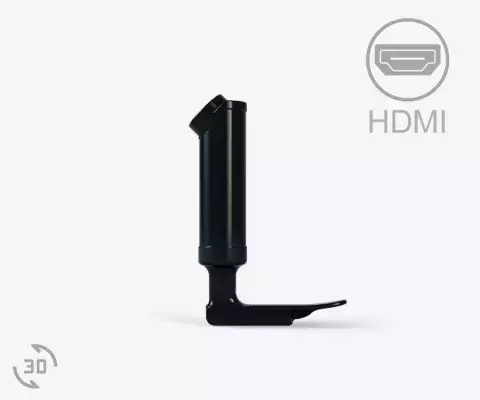
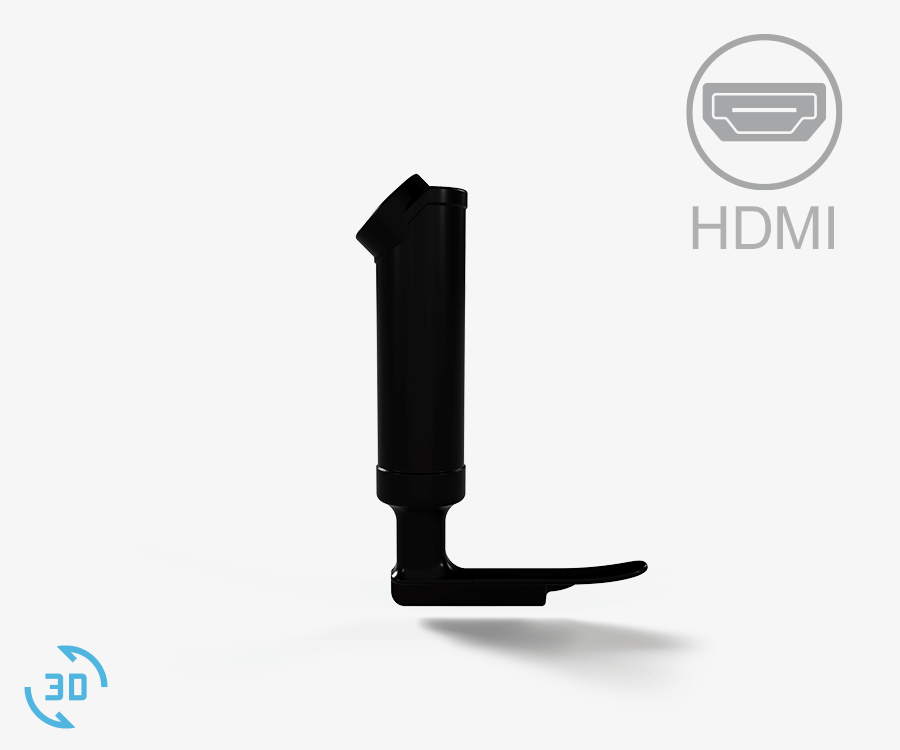
Miller S0
0270-0966, Box/10

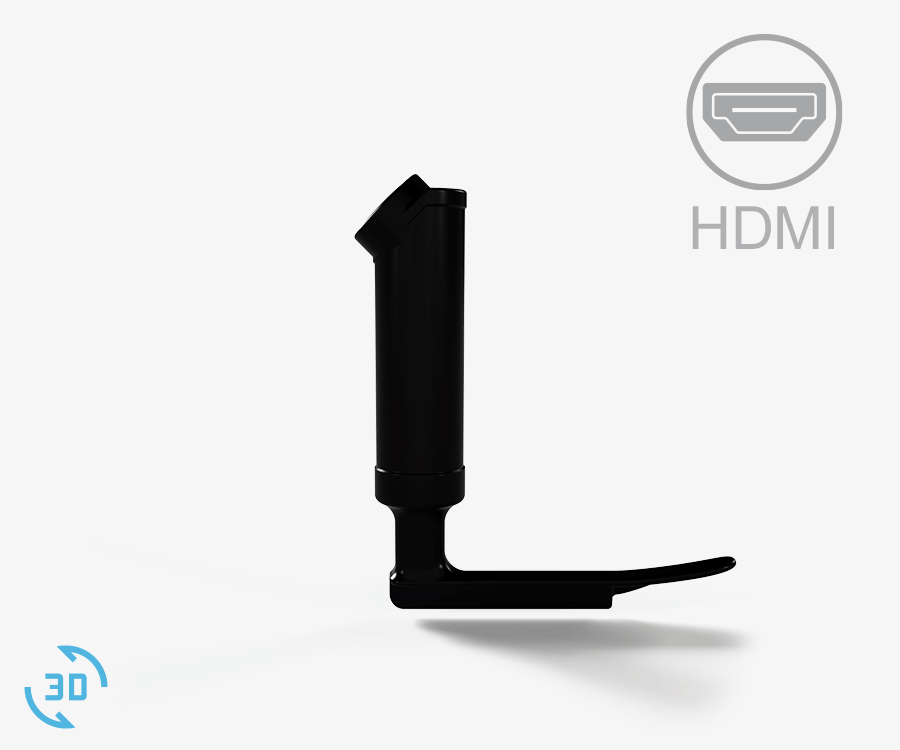
Miller S1
0270-0967, Box/10
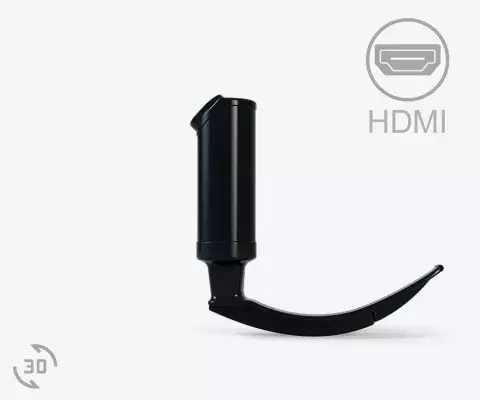
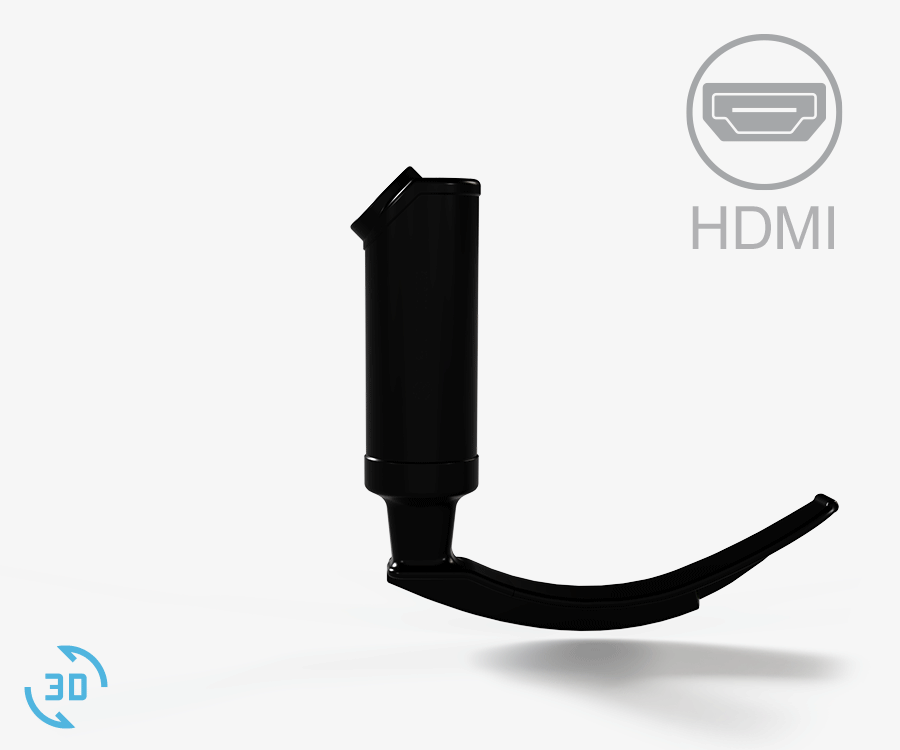
DirectView Mac S3
(Mac)
0270-0932, Box/10
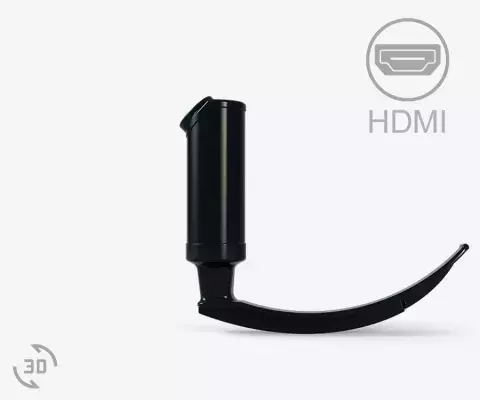
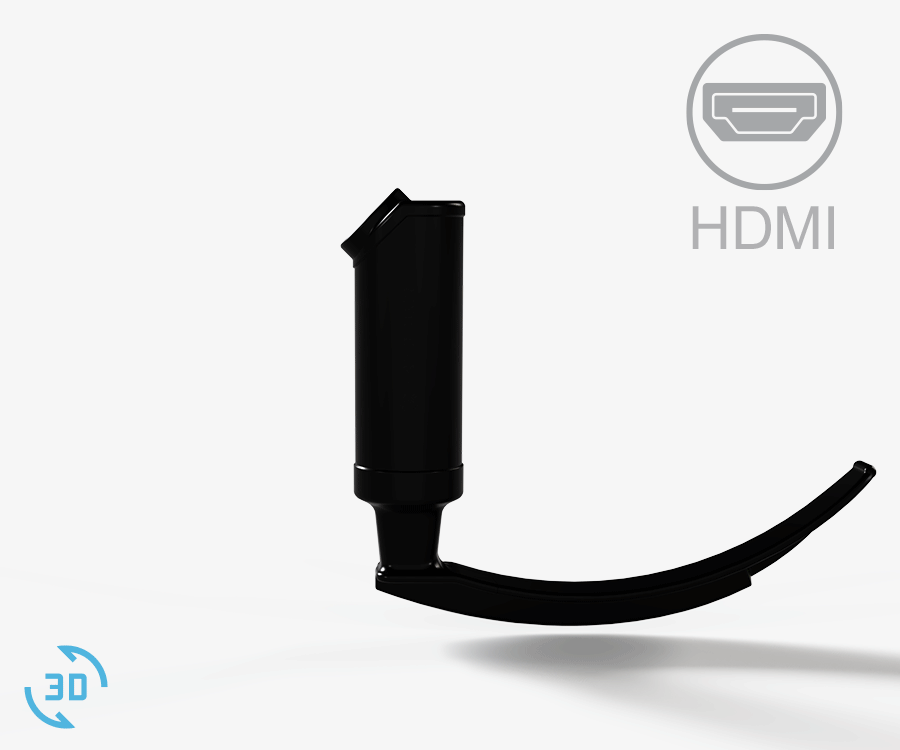
DirectView Mac S4
(Mac)
0270-0933, Box/10
Bringing It All Together

GlideScope® Core™
The most comprehensive and flexible airway visualization system for video laryngoscopy, bronchoscopy and dual-view airway procedures.

GlideScope Go 2
Compact and durable, the portable video laryngoscope system is ready when your environment demands mobility.

GlideRite® Stylets
GlideRite Stylets are designed to complement angulated GlideScope video laryngoscopes and enable quick placement of ET Tubes.
Product Use
Helpful Information
Comparison of Video Laryngoscopy versus Direct Laryngoscopy during Urgent Endotracheal Intubation: A Randomized Controlled Trial
Critical Care Medicine, 2015
GlideScope video laryngoscopy improves the first-attempt success rate during urgent endotracheal intubation performed by pulmonary and critical care medicine fellows when compared with direct laryngoscopy.
A Comparative Trial of the GlideScope Video Laryngoscope to Direct Laryngoscope in Children with Difficult Direct Laryngoscopy and an Evaluation of the Effect of Blade Size
Anesthesia & Analgesia July 2013
GlideScope video laryngoscope (GVL) has been proposed to be useful for airway management, but its efficacy for difficult airways has not been confirmed in pediatric patients.
